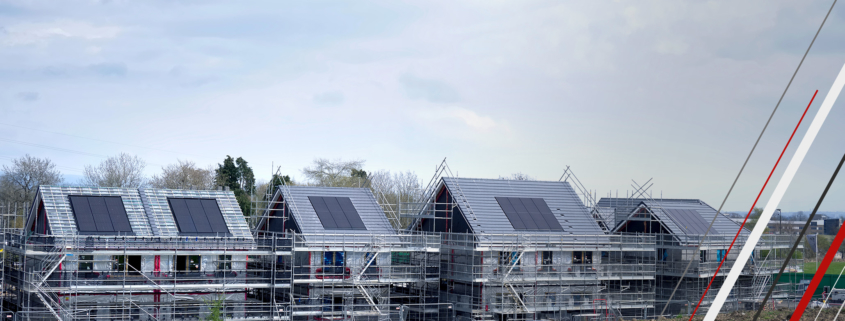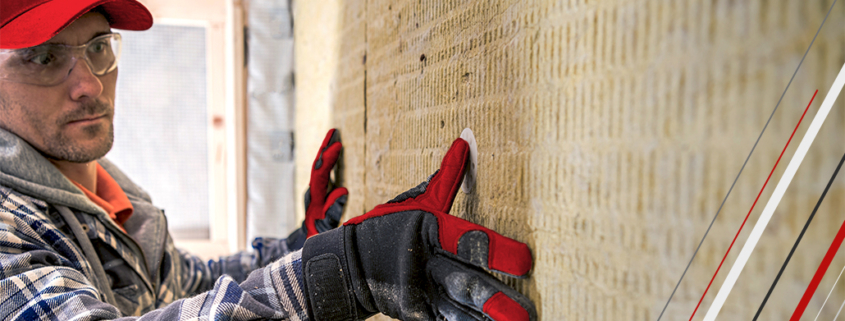Commercial Fire Safety
Fire safety is a significant concern in the construction industry. Construction sites can be hazardous due to the presence of flammable materials, temporary electrical installations, and open flames from welding and cutting equipment. In this blog post, we will explore some essential fire safety measures that construction companies should implement to protect workers and prevent fires.
Fire Risk Assessment:
Before starting any construction work, a fire risk assessment should be conducted to identify potential fire hazards and risks. The assessment should take into account the materials used, the location of the site, and the activities performed on-site.
Fire Prevention Measures:
Fire prevention measures should be implemented to reduce the risk of fires starting. These measures include ensuring that combustible materials are stored in a safe location and away from heat sources, keeping temporary electrical installations in good condition, and prohibiting smoking on the site.
Fire Safety Training:
All workers on the construction site should receive fire safety training to ensure that they know how to prevent fires and respond to emergencies. Training should include information on the use of fire extinguishers, emergency evacuation procedures, and the location of fire alarms.
Fire Detection and Alarm Systems:
Fire detection and alarm systems should be installed on the construction site to detect fires and alert workers to evacuate. The system should be tested regularly to ensure that it is working correctly.
Fire Suppression Systems:
Fire suppression systems, such as sprinklers, should be installed on the construction site to suppress fires before they spread. These systems should be installed in areas where flammable materials are stored, and where there is a high risk of fire.
Safe Storage of Flammable Materials:
Flammable materials, such as gasoline, should be stored in a safe location and away from heat sources. They should be stored in approved containers, and workers should be trained on how to handle them safely.
Fire Safety Signage:
Fire safety signage should be posted throughout the construction site to indicate the location of fire exits, fire extinguishers, and other safety equipment. The signage should be visible and easy to understand.
In conclusion, fire safety is a critical concern in the construction industry. Implementing these fire safety measures can help prevent fires from starting and ensure that workers are protected in case of an emergency. It’s essential to conduct regular fire risk assessments, provide fire safety training, and install fire detection and suppression systems to ensure that the construction site is safe and secure.
For more information and to take measures on fire safety please contact us here








